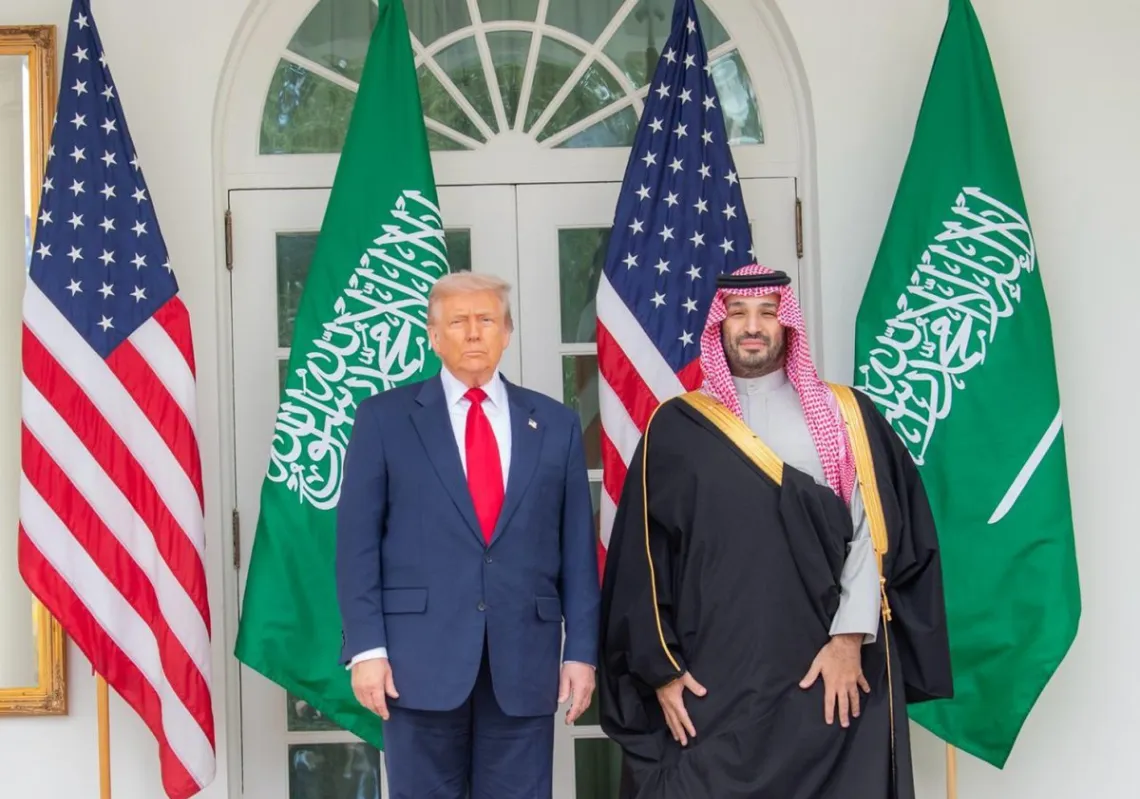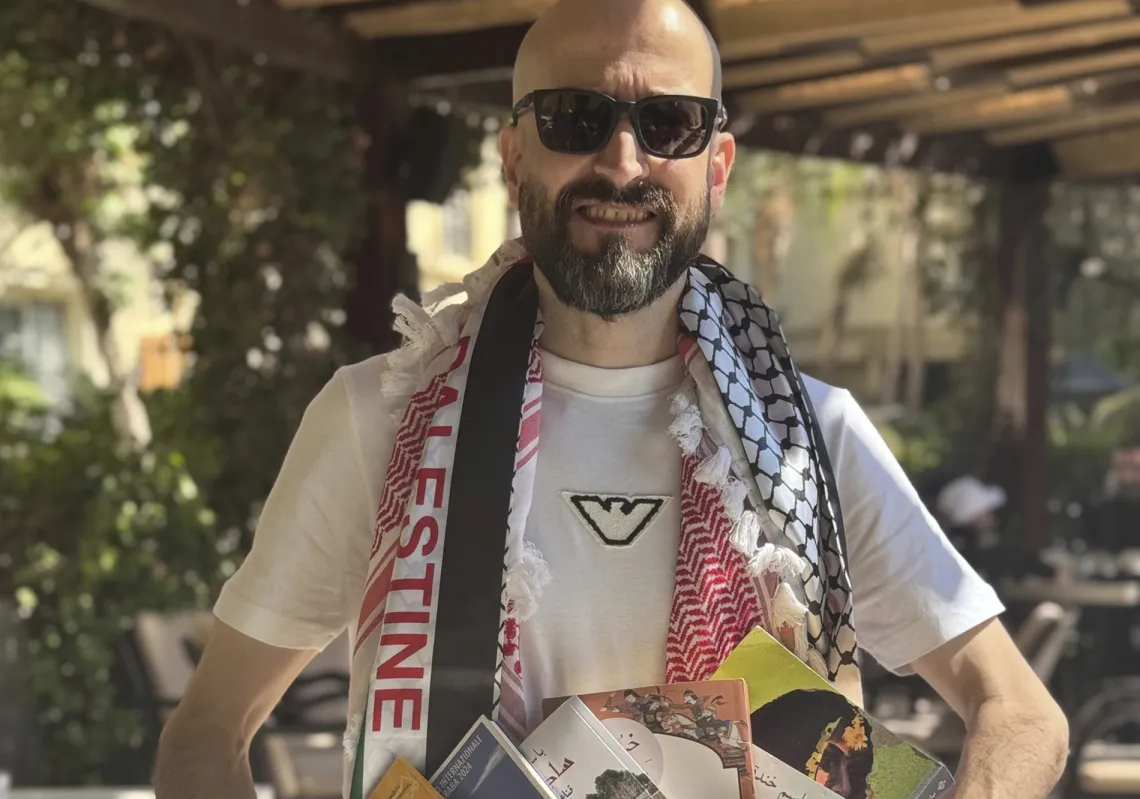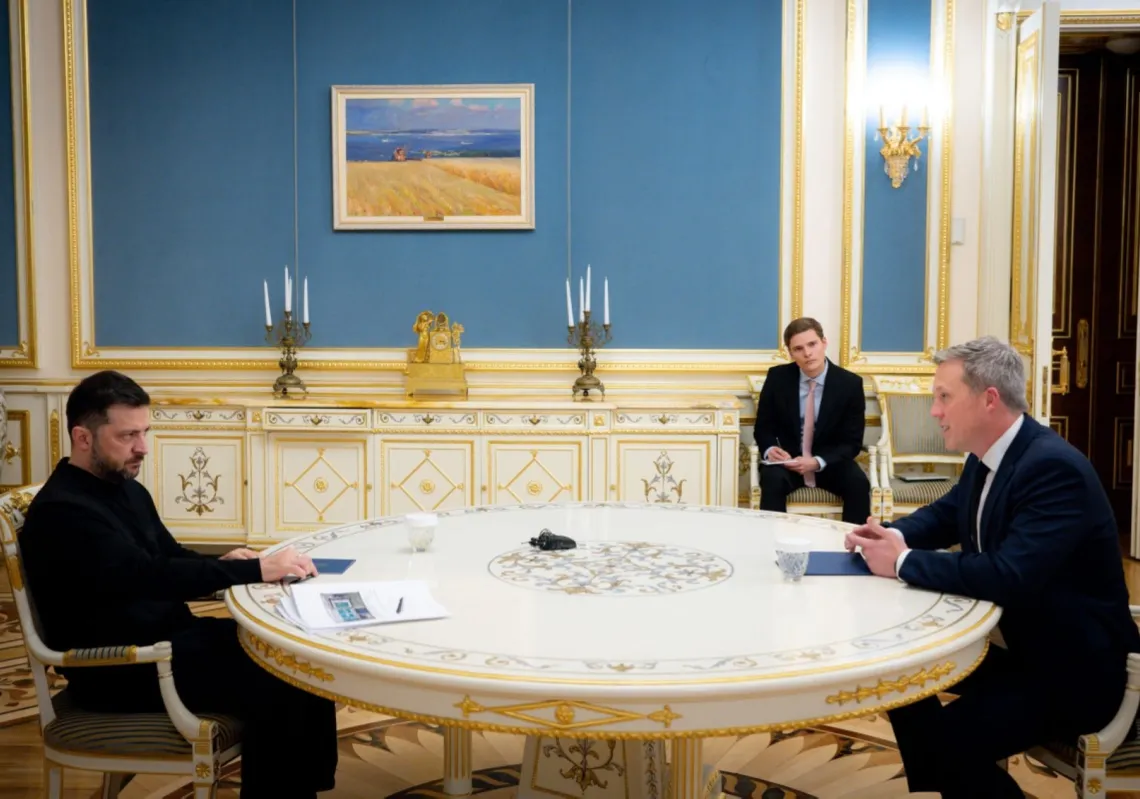The story of a relic, the workers who helped unearth historical gems, the charms on doors in Upper Egypt and the intangible heritage they unfold, and many more interesting topics are discussed in the initiative titled The Place and the People founded by Dr. Fatma Keshk Egyptian Heritage outreach expert.
“The idea behind my initiative is to explain lots of material from heritage and history in a simple way and also in Arabic, colloquial Arabic to reach a vaster audience from all age groups and cultural backgrounds,” explained Dr. Fatma Keshk.
“During the course of the 17 years, that I have studied Egyptology, there were very limited if any resources on the topic in Arabic. As for children, there would be either over simplified books for children that lacks real information or none at all.
“There were other books that are translations of foreign books about Egyptology, for children. So I figured we might as well start to cover these big gaps,” noted Keshk.
Hence came the idea of the workshops that Keshk implemented on several excavation sites that she has worked upon. Targeting local children, Keshk’s initiative connected the young generations with their heritage especially in the coastal city of Rashid as well as the village of Shutb, in Assuit.
However, due to the restrictions of Covid 19, Keshk decided to resume her workshops online, a thing that enlarged her target audience. On may 2019, The Place and the People initiative was launched online, where Keshk would depict a monthly topic to discuss among the general audience.
“I started out in may 2019 with a seminar on traces of the arts of Ancient Egyptians, followed by the Essence of the religion of ancient Egyptians, and the Humans remains of the pre dynastic era,” she remembered.
But what makes Keshk’s initiative very interesting is the fact that she weaves the intangible heritage with the tangible one and hence puts the subject of discussion into a fresh new light.
“For example we discussed the concept of Ma3et and what it represented. Ma3et is the ancient Egyptian concept of balance of the universe, and the morals of the human being. They believed in balance, and the philosophy it represented, they depicted the deity ma3et to represent such topic.”
To Keshk the intangible heritage has a very great value. “While studying antiquities, at college, we were very much focused on the tangible aspects of the buildings, the tools that were used, but we would never learn about the relationship of the Egyptians and these buildings they built. How they have created a meaning a special meaning and how that meaning is rooted to the local culture form which this person belonged,” she explained.
“After the development of research and specially during the past ten years, they have come to realize that we cannot teach the tangible without the intangible because by studying both we will study the relationship between the tangible and intangible hence rediscover the relic altogether,” said Keshk.
Throughout her work in various excavation sites from 2006 till now, be it in Rashid, Shutb, Tanis , Sinai, or Aswan, she has come to realize that they are usually very focused on the ancient villages on site but no so much interested to discuss it with the people living there, who are probably the grandchildren of the people who lived on the ancient site.
Drawing on the relationship between the place and its people was what the initiative started out through conducting interactive workshops with the locals on excavation sites.
And in 2019, Keshk published her first story on the village of Shutb, a very rich heritage village in Assuit, upper Egypt. The book that was published by the British Council was a unique book that addressed children of shutb and explored in a nice informative way, the intangible and tangible heritage of such rich village through Nadia, the young villager from Shutb who started to notice the excavations in her home village and explored all of the tangible and intangible heritage of her village throughout the story. The book was launched and distributed among the children of Shutb in Assuit.
On asking her about her greatest learning in this journey, Keshk simply answered:
“If I have learnt anything, it’s to listen, not to impose knowledge, for inspiration must come from the people themselves,” she concluded.










